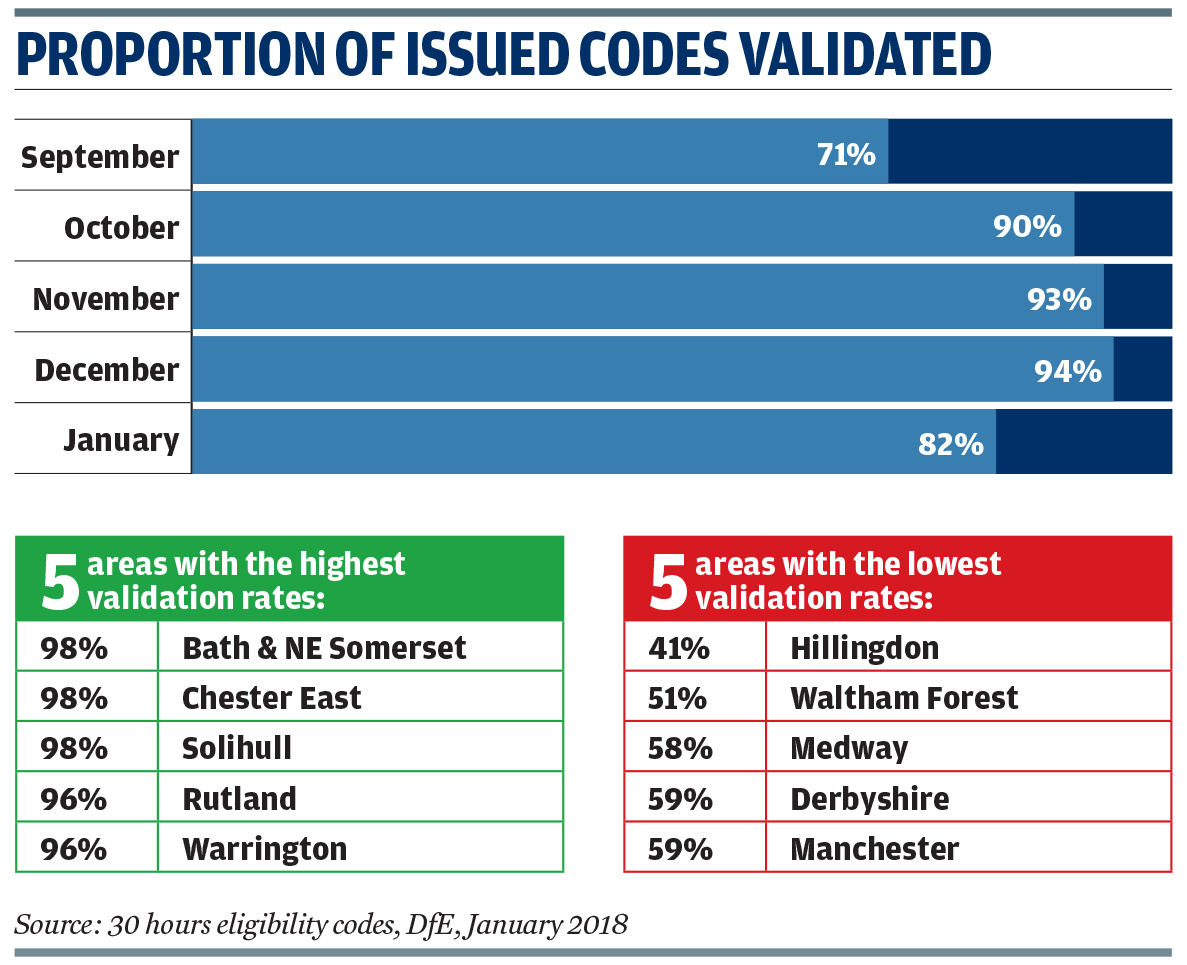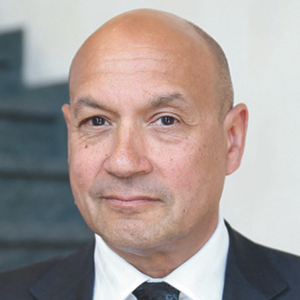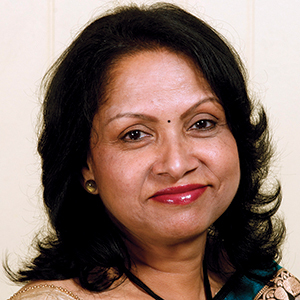Creating more 30-hour places
Derren Hayes
Tuesday, January 30, 2018
Figures suggest access to free childcare is getting more difficult, with early years leaders calling for changes.

Department for Education figures published in January show a steep fall in the proportion of eligibility codes for 30 hours free childcare that have been validated.
A code is validated when a child is registered to receive 30 hours with a childcare provider. As such, the proportion of codes validated provides the best indicator of how well providers are meeting parents' demand for 30-hour places.
At the start of January, 82 per cent of codes issued to parents of three- and four-years-olds eligible for 30 hours a week had been validated - the lowest rate since September 2017 when the flagship government scheme launched (see graphic).
The DfE points to the fact that by issuing 326,000 codes, it has to exceed its target to issue at least 310,000 by January 2018. But early years leaders warn that the widening of the gap between the proportion of codes issued and validated highlights the shortage of places created by providers.
This, they say, is down to fundamental flaws in the scheme, that is making it financially unviable for some settings and in some areas (see table).
To encourage providers to create more places, experts outline below a number of changes they would like to see to the scheme.


Remove non-financial barriers
Susanna Kalitowski, policy and research manager, Pacey
Only one third of childminders are delivering the entitlement compared to 96 per cent of group-based settings, and our research has found that issues such as unreliable payments, excessive paperwork and additional red tape can put off childminders just as much as low hourly rates.
The DfE has introduced a model agreement and recommended that local authorities pay providers on a monthly basis. However, these initiatives are advisory rather than binding, and delayed payments are not uncommon, with some authorities failing to specify a clear pay date. This can cause serious cash flow problems, particularly for small businesses operating on very low or no profit margins.
Providers across the country are still being asked to show that they have certain policies in place or have undergone specific training. One authority in the North East sought to impose an annual two-hour "visit" of all providers offering the entitlements, during which they had to demonstrate how they were ensuring all children achieve the best outcomes. The council only backed down and made the visits voluntary after an intervention from the DfE.
Childminders could deliver substantially more funded places if these non-financial barriers were removed.

Determine the actual costs
Neil Leitch, chief executive, Pre-school Learning Alliance
Insufficient funding means too few funded places are being offered. The government could start to address this by finding out how much it really costs to deliver a childcare place.
The government's cost analysis for 30 hours was based on 2015 figures which fail to take into account real-term cost rises such as business rate increases and the introduction of the national living wage and pensions auto-enrolment. Rather than address these issues, the government has frozen funding rates until 2020, later dismissing those struggling providers as "outliers".
So long as the government remains ignorant of what quality childcare truly costs, simply calling for an increase in funding will have little impact.
According to a recent Alliance survey, 55 per cent of providers don't receive enough funding to cover the hourly cost of delivering a place. This is clearly not sustainable.
If the 30 hours offer is to be viable, ministers cannot continue to hide behind an outdated cost analysis. Instead, they need to understand what it actually costs to deliver "free childcare" and then actually provide it - otherwise parents and providers will continue to pay the price.

Improve registration process
Purnima Tanuku, chief executive, National Day Nurseries Association
While the greatest challenge facing the sector is insufficient funding, HMRC must devote adequate resources towards ensuring Tax Free Childcare and 30 hours registration works for all parents and providers. Although HMRC assures us it is trying to resolve these issues, our members report daily issues with the Childcare Choices website.
Parents turn to their child's nursery for support when the HMRC helpline is unable to resolve their issues. Our nurseries, which are already stretched delivering 30 hours, are forced to use staff time to support parents through the system at great cost. This is money they cannot claim back. One nursery told us it had to take on an extra staff member to deal with the problems parents are facing, and they are not unique.
The government should make greater efforts to resolve these issues and provide financial support so nurseries can help parents to navigate the system and deal with its administration.
Most local authority areas, many outside London and the South East, have not had their funding rates increased, effectively a decrease in real terms. A further 47 local authorities will continue on the lowest funding rate of £4.30 per hour, which is just not sufficient for the vast majority of providers to deliver funded hours.




